Bartholomeus de Sancto Concordio, Summa de casibus conscientiae, in Latin, large and imposing manuscript on paper [Italy, fifteenth century] 155 leaves, wanting last but one gathering and a leaf from end of index, collation: i-xv10, xvi5 (wanting last leaf with final entries from index following "uxor"), double column of c. 57 lines in 2 small Italian late gothic hands, the second notably influenced by secretarial forms, paragraph marks in red or blue, simple initials in red and blue mostly throughout, with some touched in contrasting colours, extensive glossing to first third of book, watermark of three hills 'Golgotha' surmounted by a cross (see below), spaces left for some initials, lower border of first leaf once cut away and skilfully replaced, a few spots and stains, but overall in excellent condition with wide and clean margins, 355 by 265mm.; contemporary binding of red leather (now faded to pink) over massive bevelled wooden boards (12mm. thick), simple ruling to leather with brass studs at corners and midpoints (5 still present), traces of central bosses (now wanting), similar studs securing remains of leather thong ties, traces of other clasps at head and foot of volume, leather scuffed and torn on boards, with spine exposed and front board once loose (now held in place by strips of blank parchment, now splitting in places), holes from a chain hasp at lower edge of back board, title "Pisanella" in late medieval hands at head of same Provenance: Written in Italy in the early fifteenth century, perhaps for use in a Dominican chained library. The watermark of Golgotha surmounted by a cross is in a form recorded in Italian examples by Briquet nos. 11672-11721, with these ranging across the second half of the fourteenth and first half of the fifteenth century, with a close example in no. 11687 (Padova, 1415). The first leaf has an apparent code at its head in a near-contemporary hand using Arabic numerals and other symbols (perhaps of planets), perhaps containing an ex libris. Text: Bartholomaeus de Sancto Concordio (1262-1347) was also known as Barthomeo Granchi and Bartolomeus Pisanus, hence the common medieval name of this text: Summa Pisanella . He entered the Dominican Order in 1277, studied at Bologna and Paris, and taught logic in Italian Dominican convents before returning to Pisa around 1335. He gained fame as a preacher, poet and teacher of canon and civil law. This is his magnum opus , a fundamentally important penitential work created for practical use by preachers, and surveying the whole subject of moral theology with detailed examples taken from canon law. It was written c . 1338, and is based in part on the Summa confessorum of another Dominican, Johannes of Freiburg (d. 1314). What Bartholomeus added was an alphabetical arrangement of the subject matter, setting aside the older and cumbersome thematic arrangement of the topics. It was enormously popular, and hundreds of manuscripts have been traced in European libraries by J. Dietterle ('Die Summae confessorum (sive de casibus conscientiae) von ihren Anfangen an bis Silvester Prierias', Zeitschrift für Kirckgeschichte, 27, 1906, pp. 166-70), with that list revised by S. Kuttner ( A Catalogue of Canon and Roman Law Manuscripts in the Vatican Library , 1986, II:25-31). De Ricci and Wilson ( Census of Medieval and Renaissance Manuscripts in the United States and Canada , 1935-40), record only seven manuscripts in American collections, to which Faye and Bond ( Supplement , 1962) add another two. To these should be added a copy in the Robbins Collection, University of California, Berkeley, MS 14. In the fourteenth century it was translated into Italian by Giovanni delle Celle (d. 1394; see Yale University, Beinecke Library, MS 759), and was among the first books printed in Germany, France, and Italy. To view a video of this item, click here.
Bartholomeus de Sancto Concordio, Summa de casibus conscientiae, in Latin, large and imposing manuscript on paper [Italy, fifteenth century] 155 leaves, wanting last but one gathering and a leaf from end of index, collation: i-xv10, xvi5 (wanting last leaf with final entries from index following "uxor"), double column of c. 57 lines in 2 small Italian late gothic hands, the second notably influenced by secretarial forms, paragraph marks in red or blue, simple initials in red and blue mostly throughout, with some touched in contrasting colours, extensive glossing to first third of book, watermark of three hills 'Golgotha' surmounted by a cross (see below), spaces left for some initials, lower border of first leaf once cut away and skilfully replaced, a few spots and stains, but overall in excellent condition with wide and clean margins, 355 by 265mm.; contemporary binding of red leather (now faded to pink) over massive bevelled wooden boards (12mm. thick), simple ruling to leather with brass studs at corners and midpoints (5 still present), traces of central bosses (now wanting), similar studs securing remains of leather thong ties, traces of other clasps at head and foot of volume, leather scuffed and torn on boards, with spine exposed and front board once loose (now held in place by strips of blank parchment, now splitting in places), holes from a chain hasp at lower edge of back board, title "Pisanella" in late medieval hands at head of same Provenance: Written in Italy in the early fifteenth century, perhaps for use in a Dominican chained library. The watermark of Golgotha surmounted by a cross is in a form recorded in Italian examples by Briquet nos. 11672-11721, with these ranging across the second half of the fourteenth and first half of the fifteenth century, with a close example in no. 11687 (Padova, 1415). The first leaf has an apparent code at its head in a near-contemporary hand using Arabic numerals and other symbols (perhaps of planets), perhaps containing an ex libris. Text: Bartholomaeus de Sancto Concordio (1262-1347) was also known as Barthomeo Granchi and Bartolomeus Pisanus, hence the common medieval name of this text: Summa Pisanella . He entered the Dominican Order in 1277, studied at Bologna and Paris, and taught logic in Italian Dominican convents before returning to Pisa around 1335. He gained fame as a preacher, poet and teacher of canon and civil law. This is his magnum opus , a fundamentally important penitential work created for practical use by preachers, and surveying the whole subject of moral theology with detailed examples taken from canon law. It was written c . 1338, and is based in part on the Summa confessorum of another Dominican, Johannes of Freiburg (d. 1314). What Bartholomeus added was an alphabetical arrangement of the subject matter, setting aside the older and cumbersome thematic arrangement of the topics. It was enormously popular, and hundreds of manuscripts have been traced in European libraries by J. Dietterle ('Die Summae confessorum (sive de casibus conscientiae) von ihren Anfangen an bis Silvester Prierias', Zeitschrift für Kirckgeschichte, 27, 1906, pp. 166-70), with that list revised by S. Kuttner ( A Catalogue of Canon and Roman Law Manuscripts in the Vatican Library , 1986, II:25-31). De Ricci and Wilson ( Census of Medieval and Renaissance Manuscripts in the United States and Canada , 1935-40), record only seven manuscripts in American collections, to which Faye and Bond ( Supplement , 1962) add another two. To these should be added a copy in the Robbins Collection, University of California, Berkeley, MS 14. In the fourteenth century it was translated into Italian by Giovanni delle Celle (d. 1394; see Yale University, Beinecke Library, MS 759), and was among the first books printed in Germany, France, and Italy. To view a video of this item, click here.
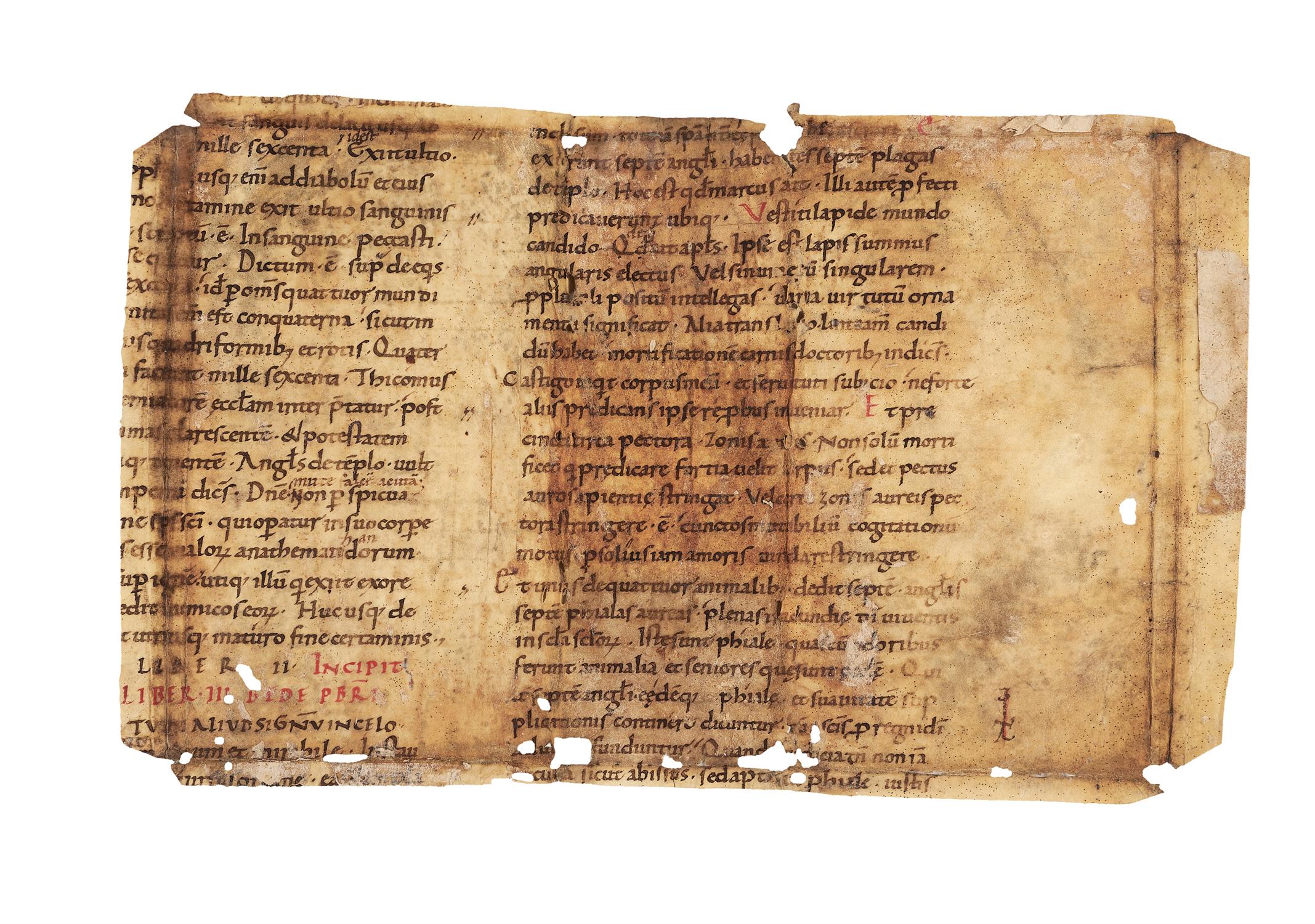
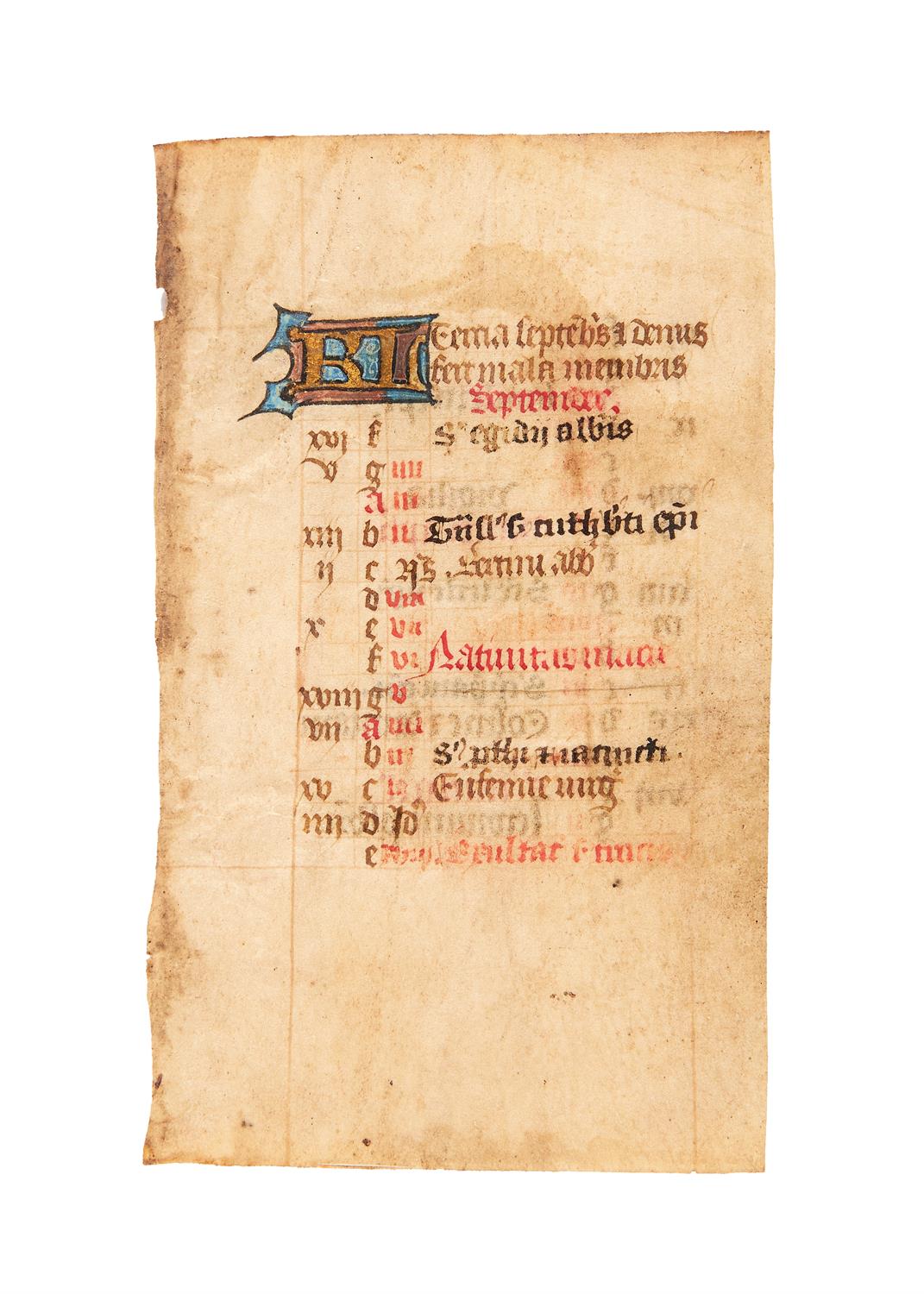
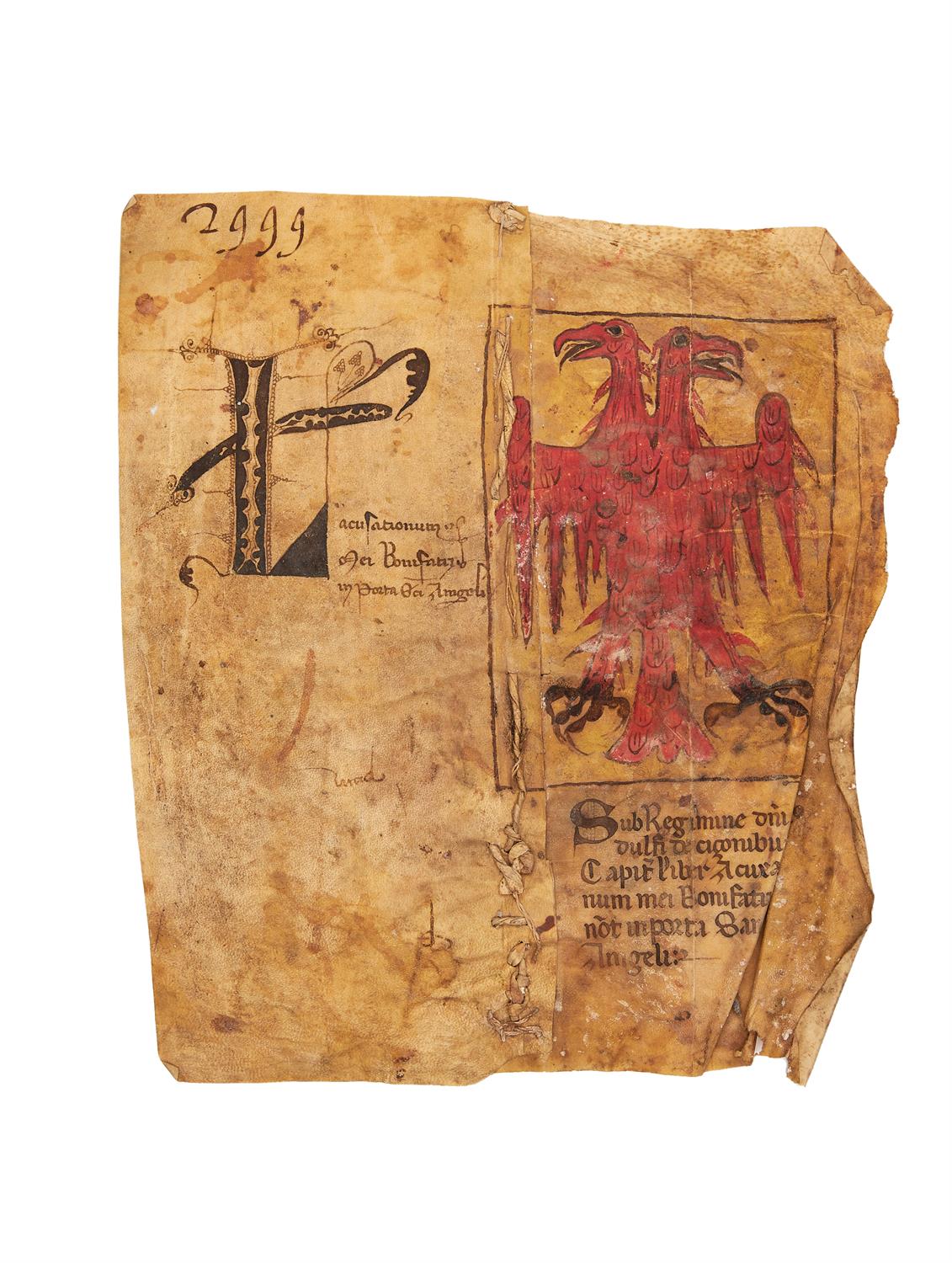
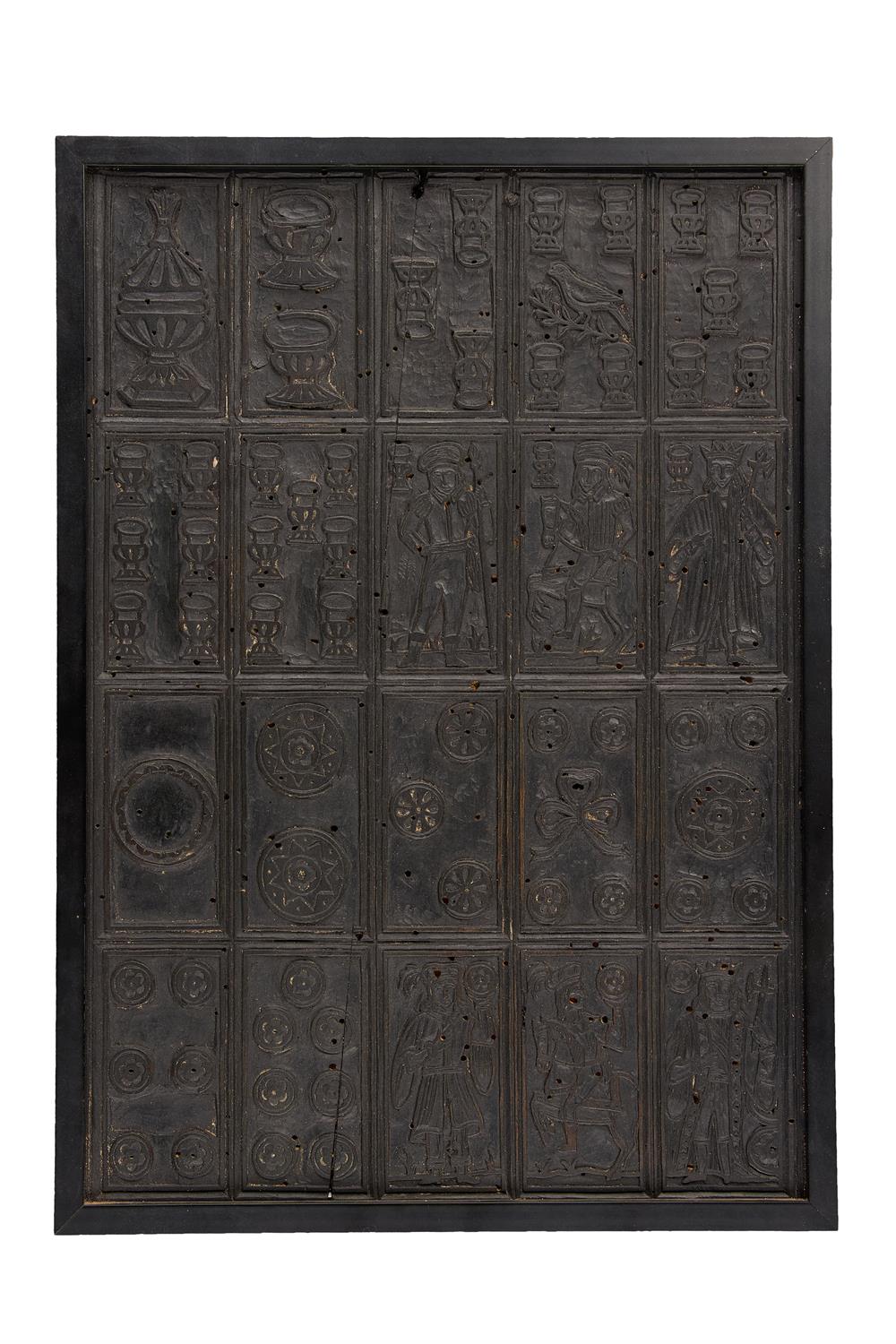
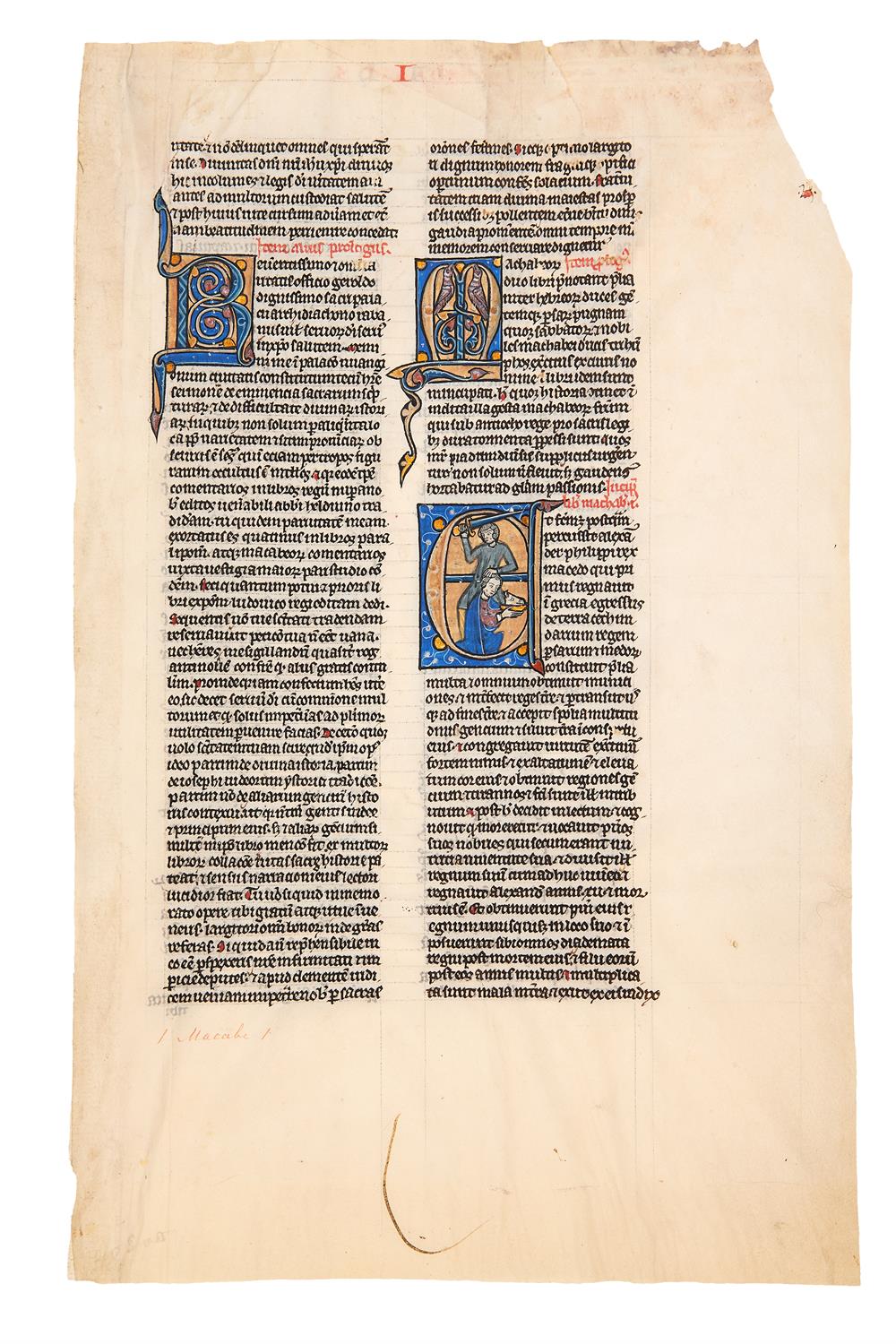
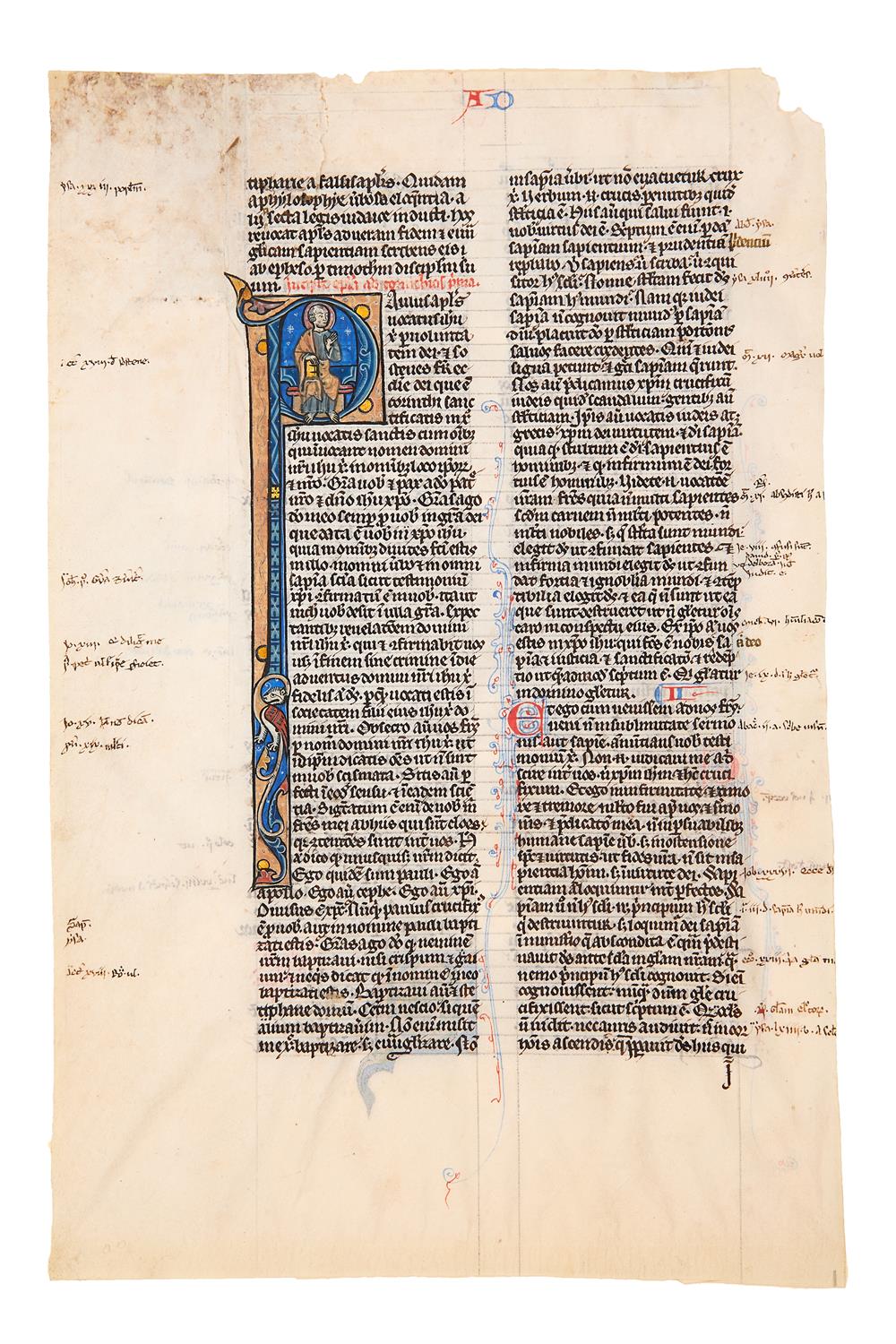
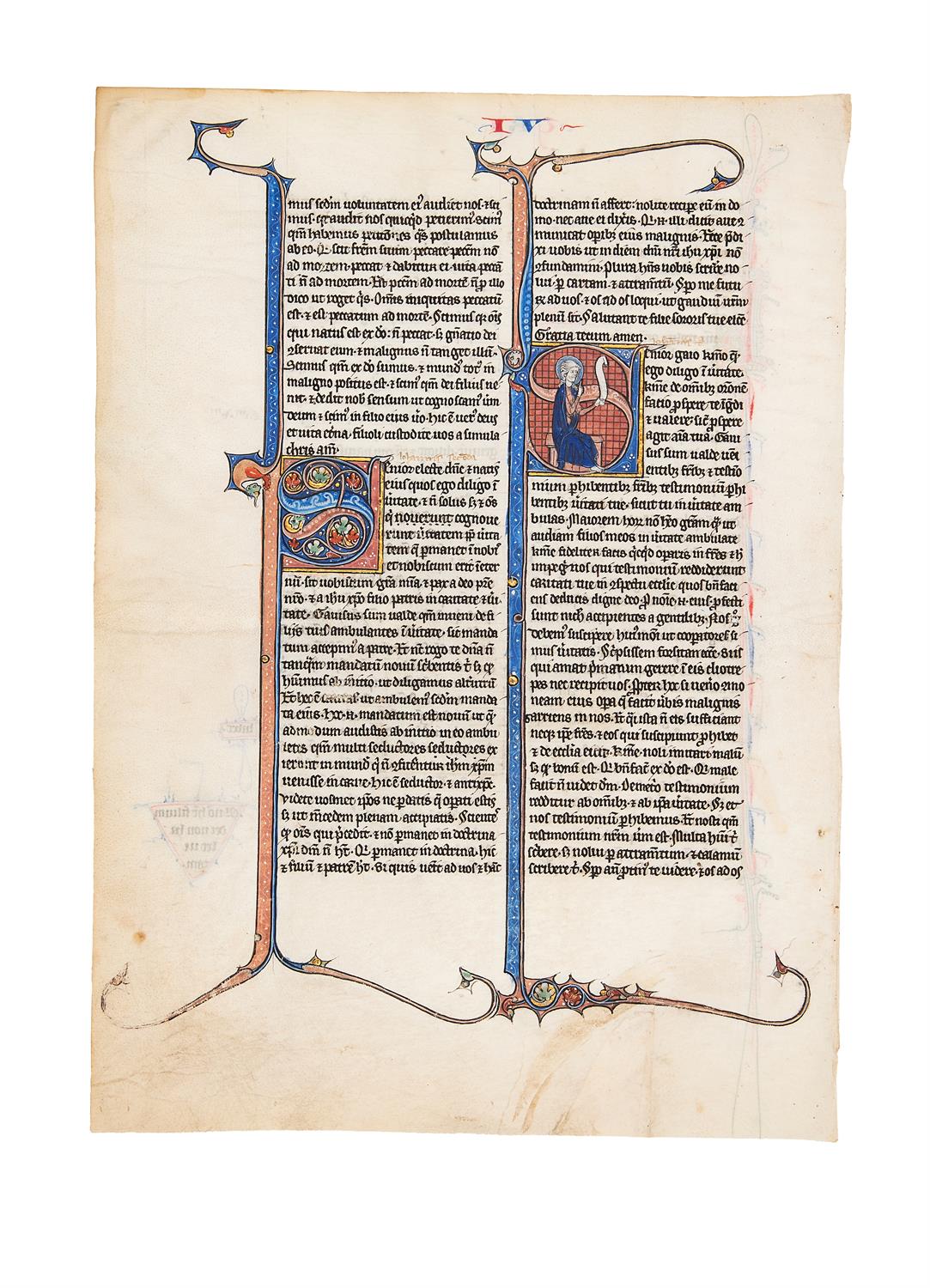
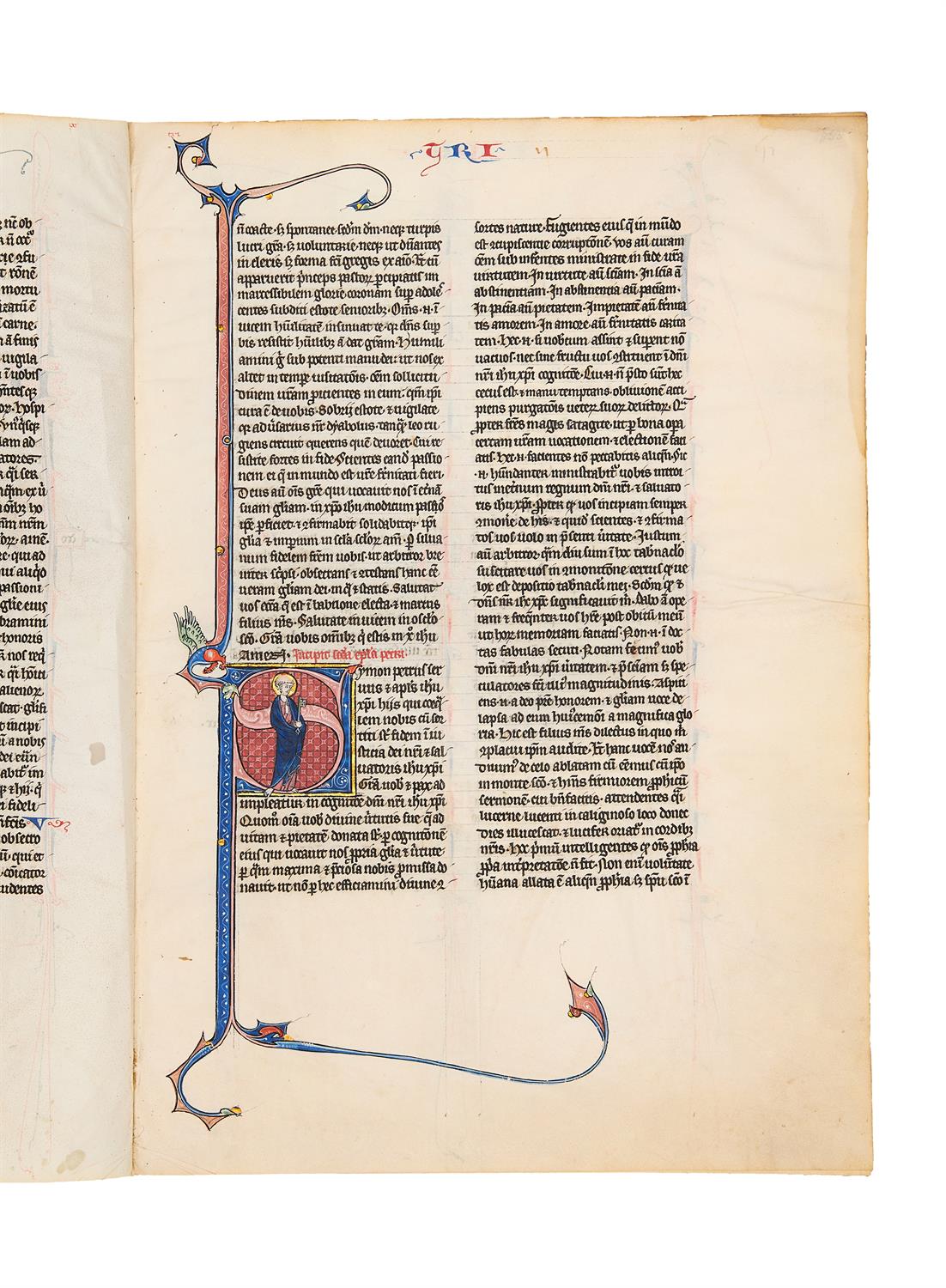
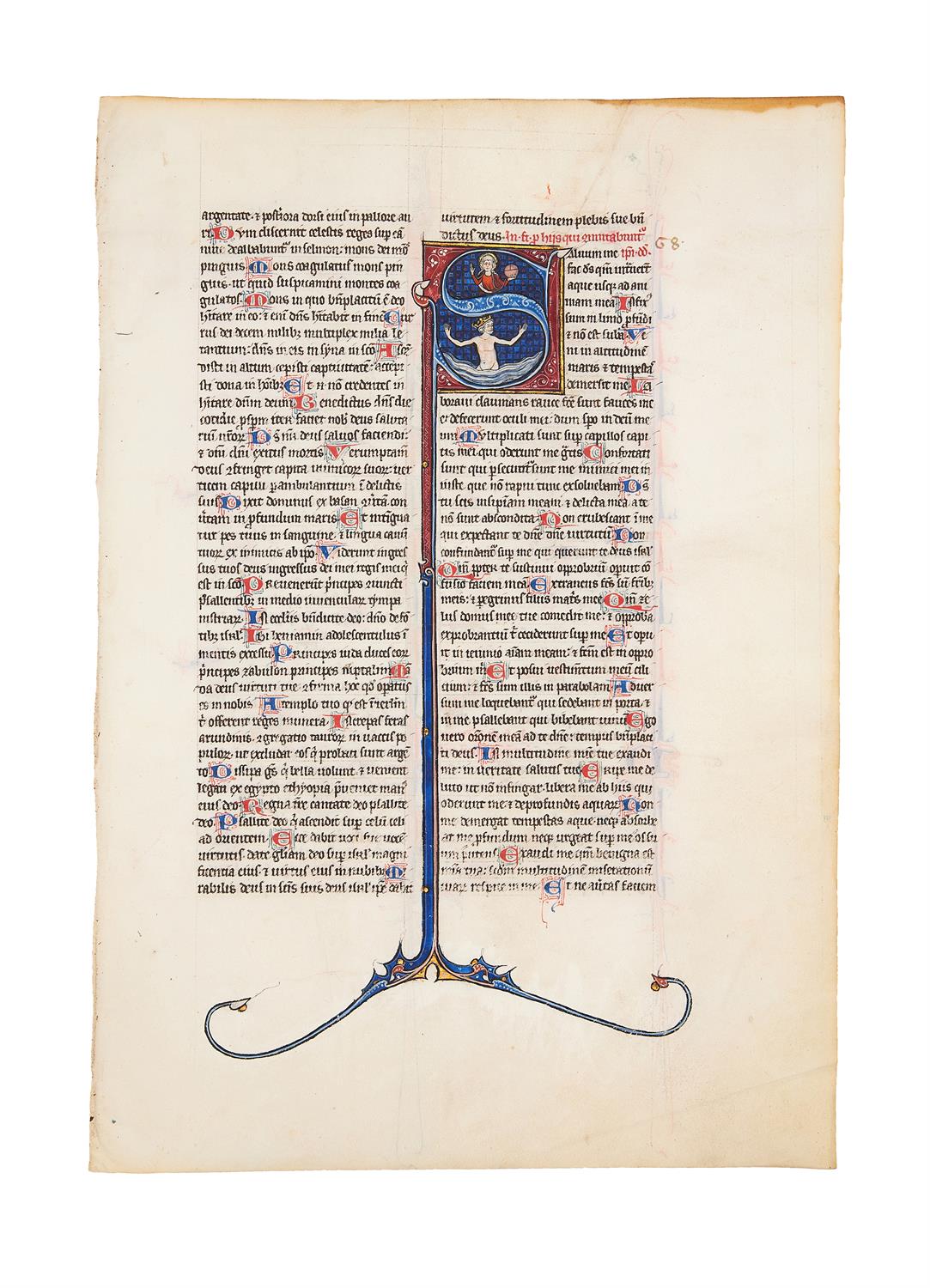
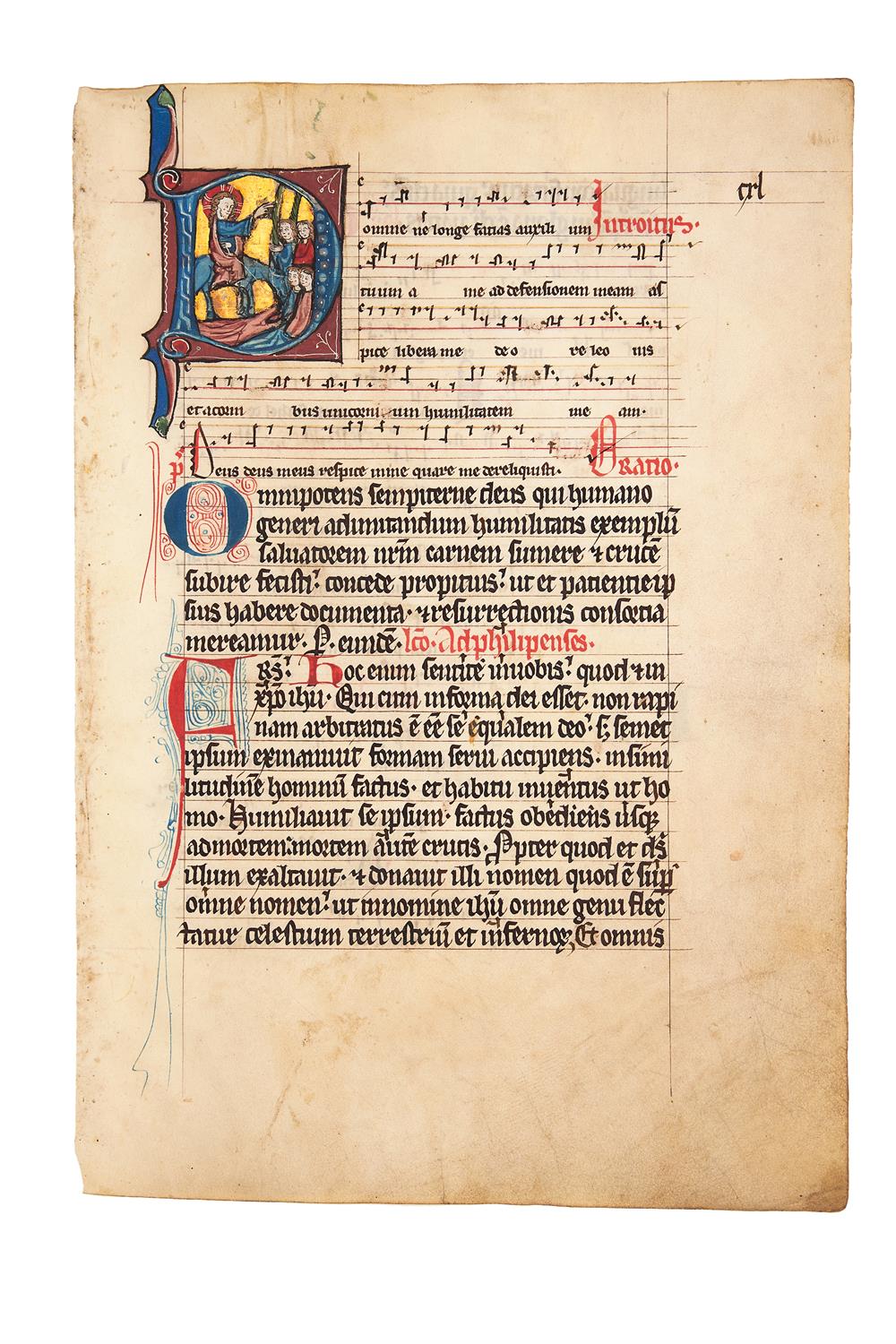
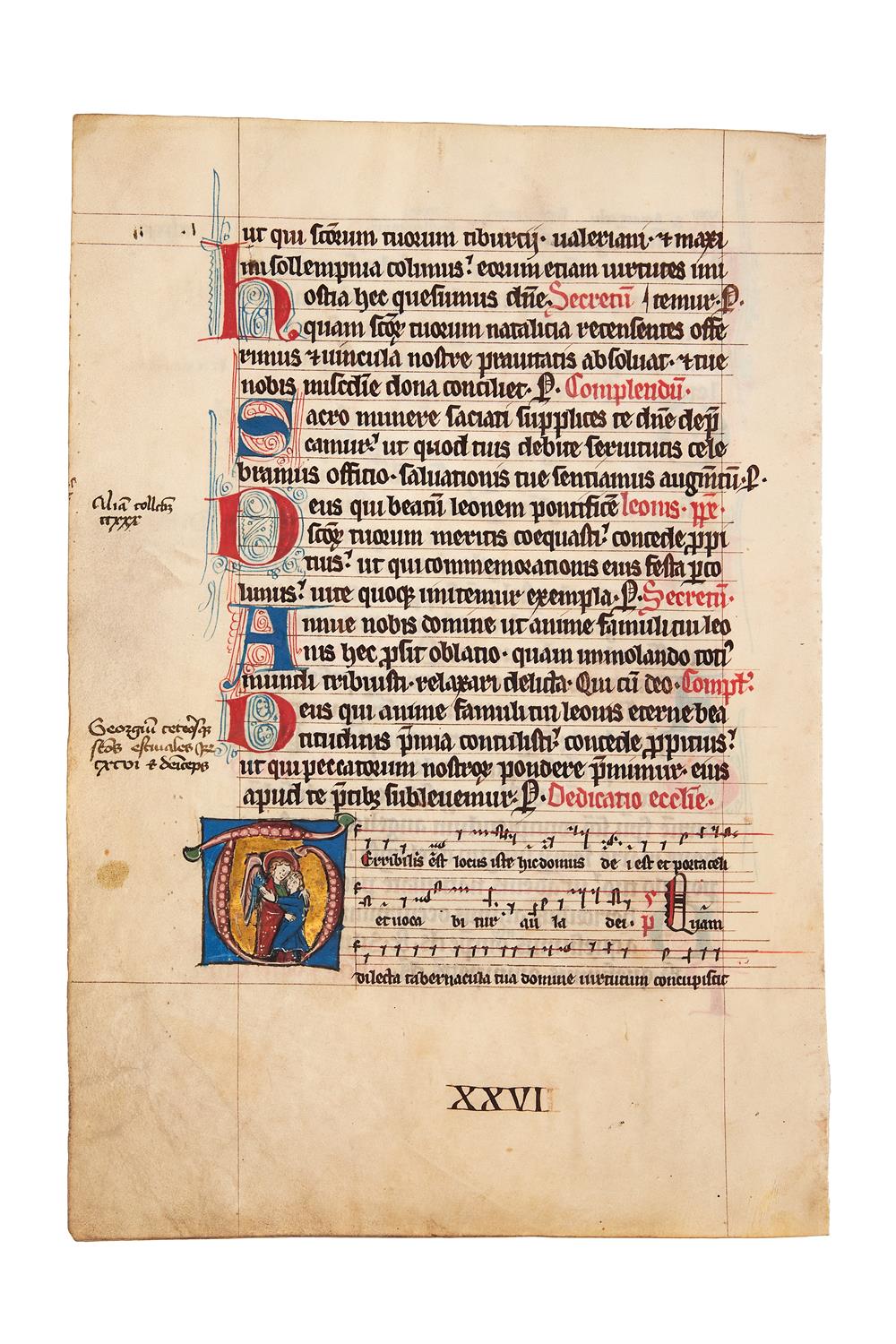
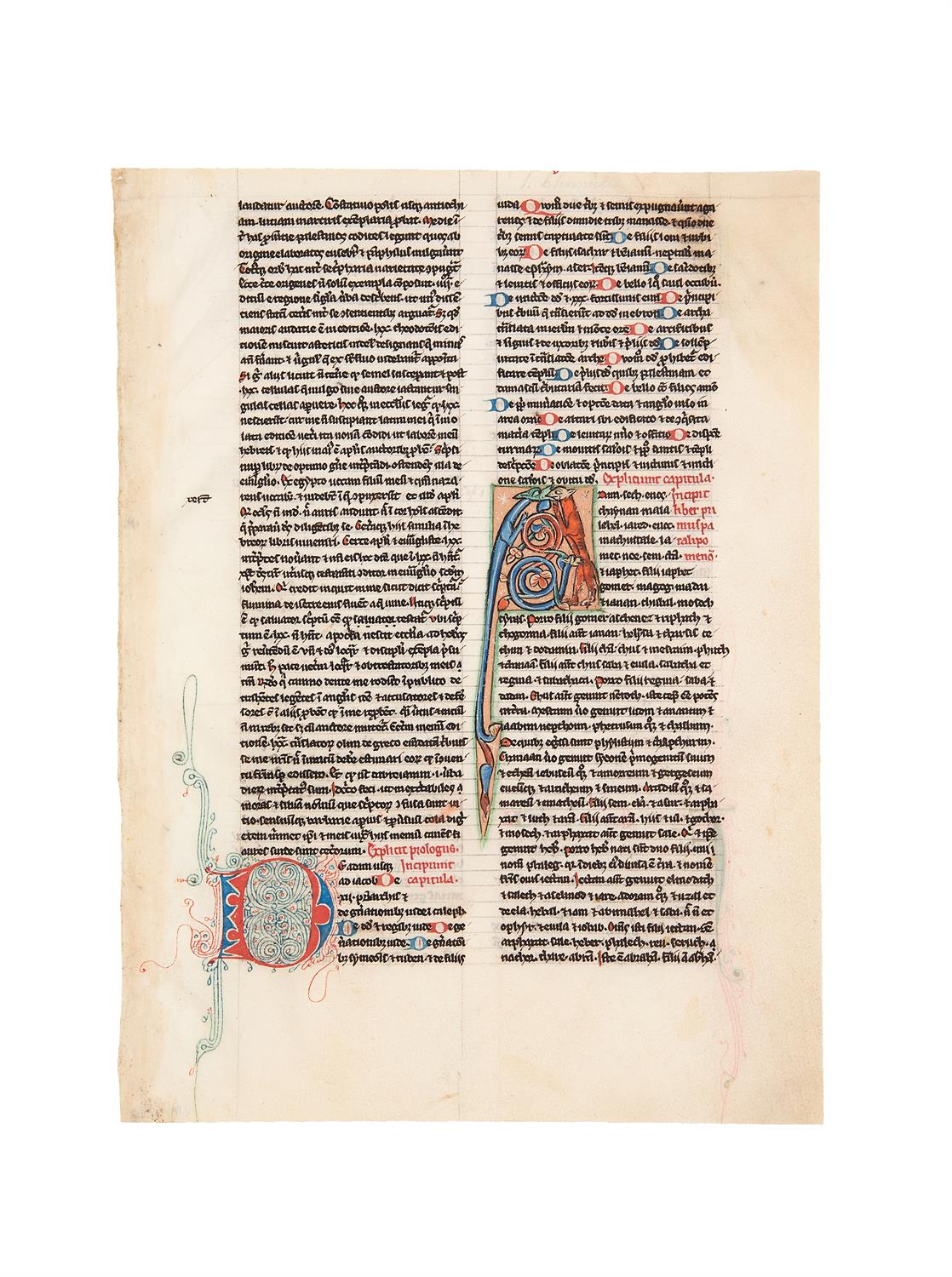
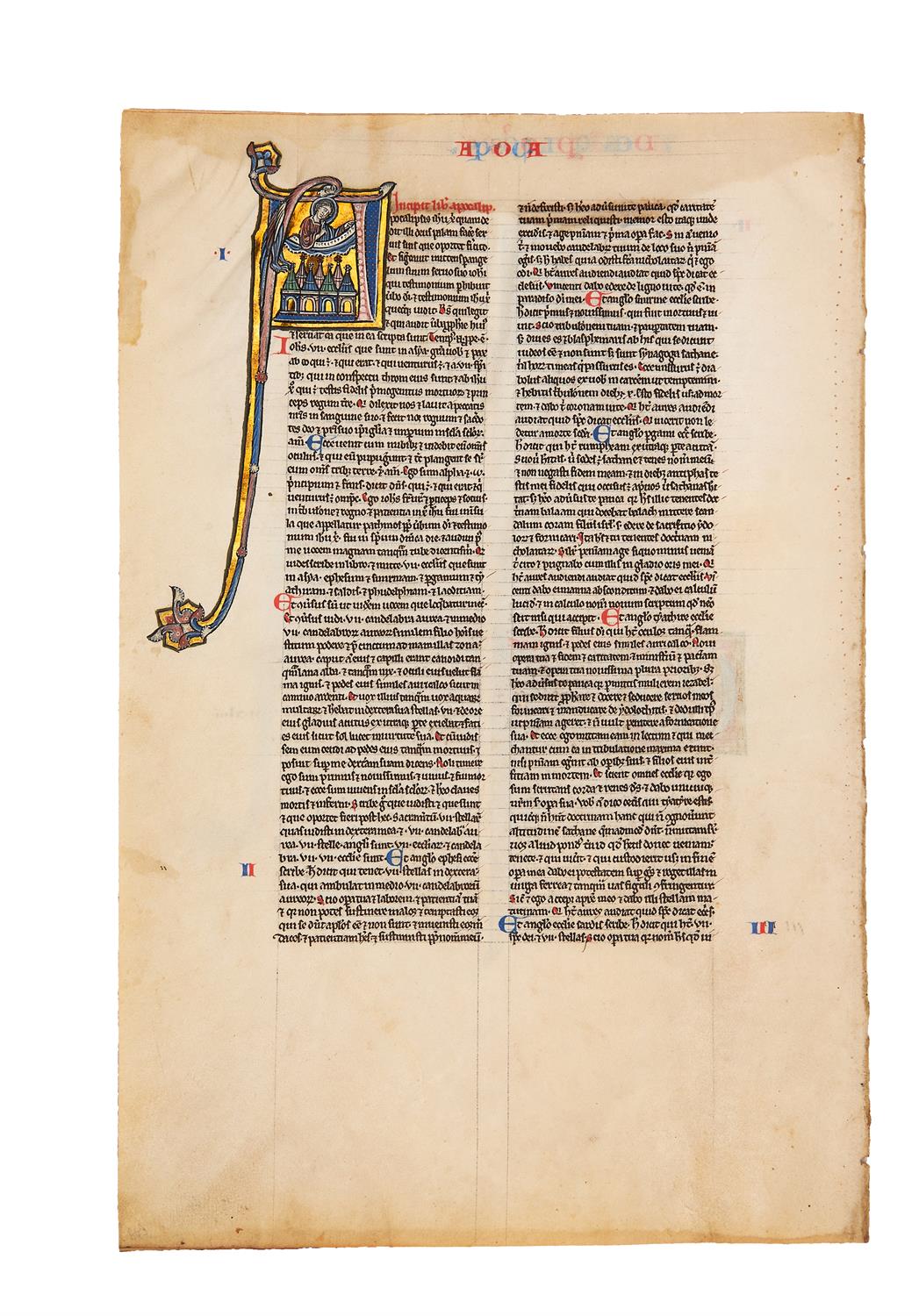
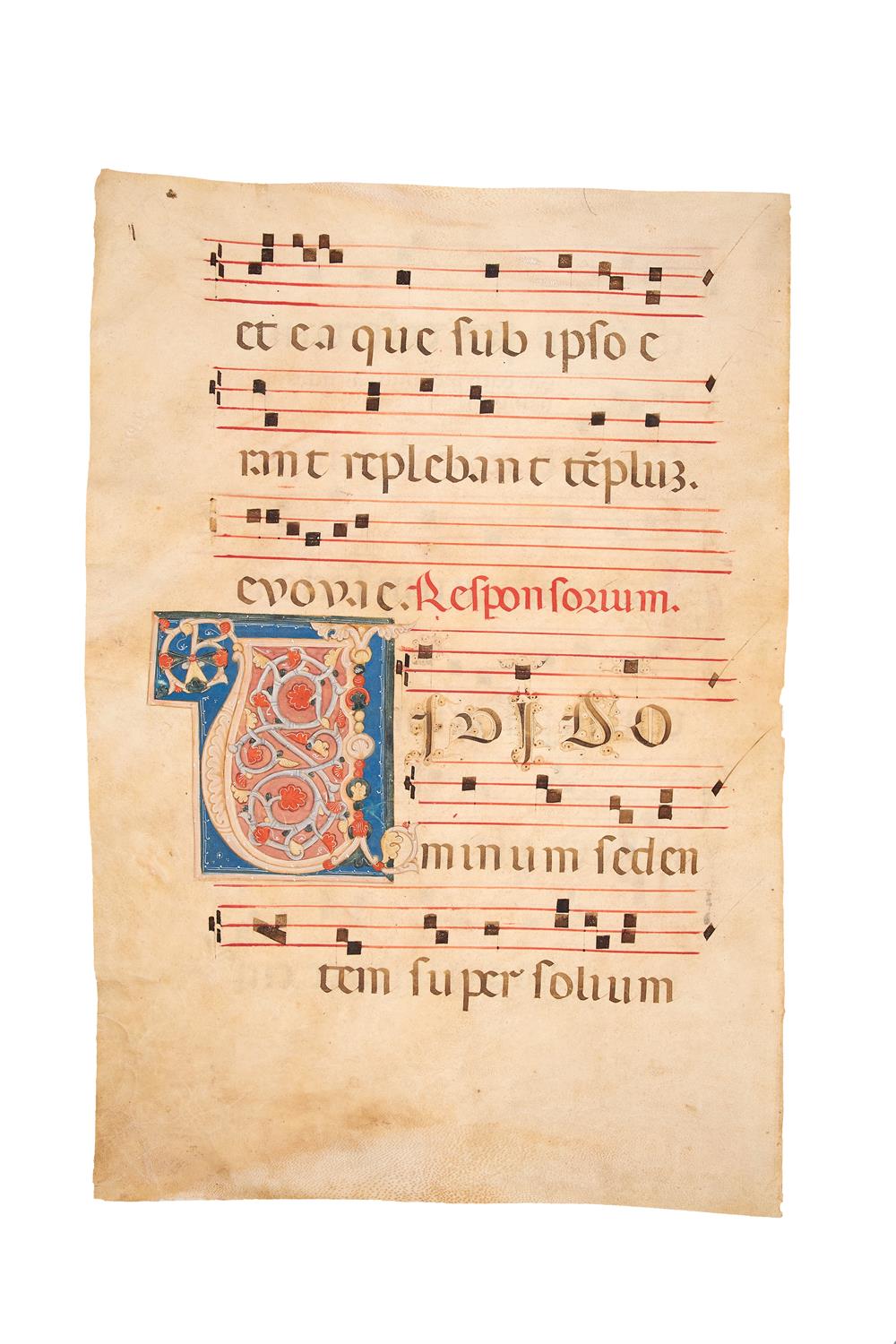
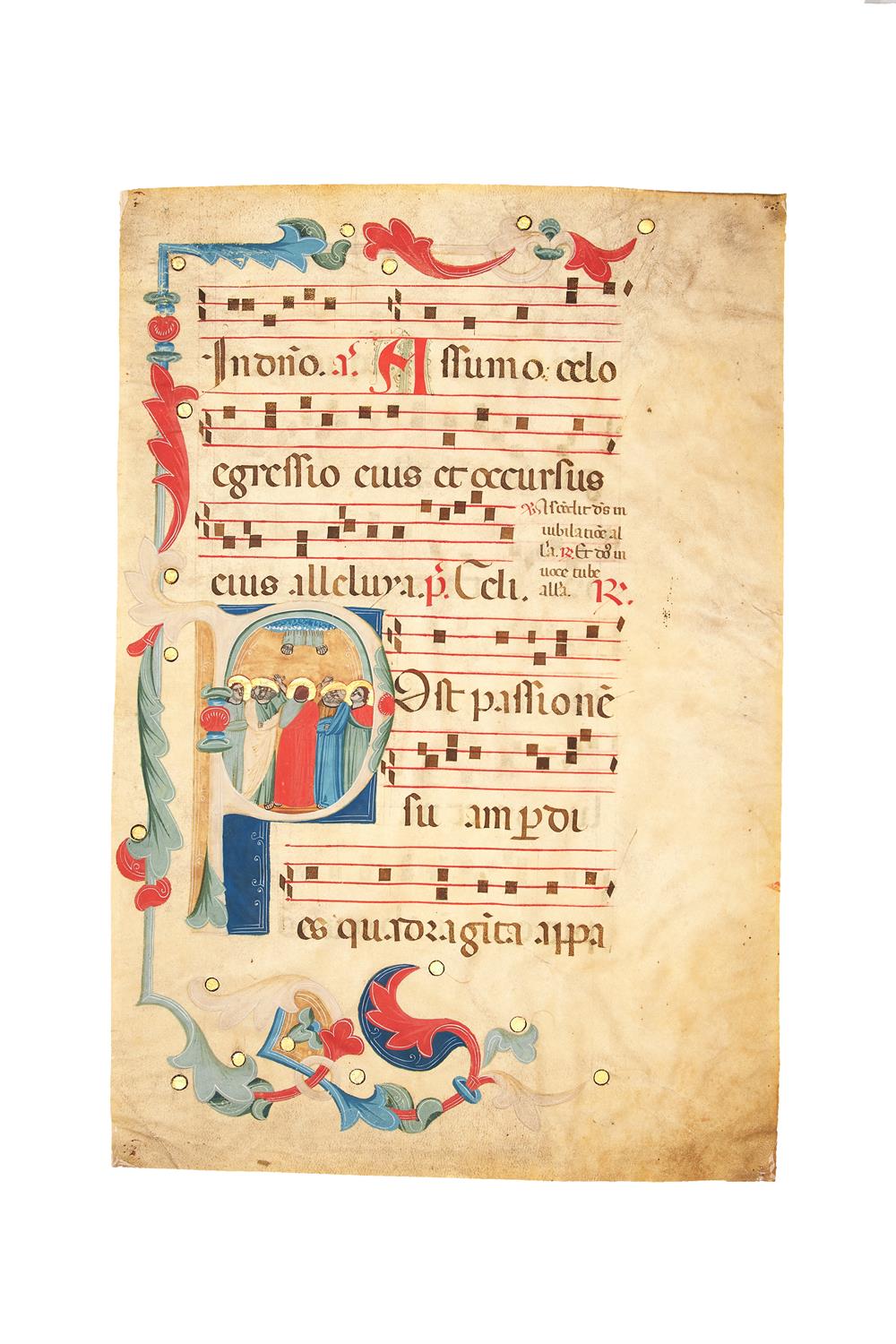
Testen Sie LotSearch und seine Premium-Features 7 Tage - ohne Kosten!
Lassen Sie sich automatisch über neue Objekte in kommenden Auktionen benachrichtigen.
Suchauftrag anlegen